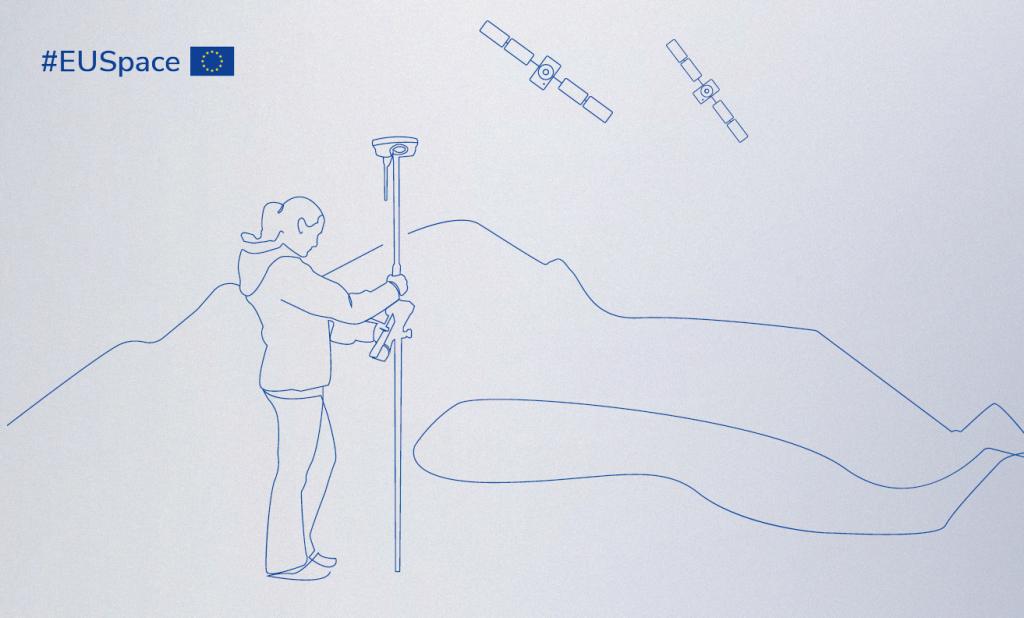Can your GNSS receiver benefit from Galileo HAS and OSNMA signals?

Since declaring Initial Services in 2016, Galileo has become a fully operational global satellite navigation system.
In recent years, many companies have developed Galileo-enabled receivers, chipsets, and modules, which are now on the market. The number of devices able to receive Galileo signals continues to grow.
Today, companies are producing Galileo-ready chips. In the smartphone market, over 20 manufacturers have started making Galileo-enabled models, including:
- Key chipset manufacturers like u-blox, Broadcom, MediaTek, and Intel.
- STM, a European leader in automotive chipsets, with its Galileo-ready “Teseo” chips.
- Qualcomm, the market leader in smartphone chips like Snapdragon, which already integrates Galileo into its devices.
Galileo High Accuracy Service (HAS)
The Galileo HAS offers free, globally accessible high-accuracy positioning service and is designed for applications that need higher performance than what the standard Galileo Open Service provides.
Launched in January 24, 2023, users in the service area can now achieve better real-time positioning by using HAS data from the Galileo E6-B signal and the Internet. The list of HAS compatible devices is continuously updated and you can find the current list here.
Galileo Open Service Navigation Message Authentication (OSNMA)
OSNMA is a data authentication feature for Galileo Open Service users worldwide, freely accessible to everyone. OSNMA ensures that receivers can trust that the received Galileo navigation message is genuine and unaltered.
Although OSNMA has not yet been formally declared operational, its public testing phase, ongoing since 2021, has demonstrated high and stable performance. The number of devices incorporating Galileo features like OSNMA continues to grow. Is your device OSNMA compatible? Find out here.
Media note: This feature can be republished without charge provided the European Union Agency for the Space Programme (EUSPA) is acknowledged as the source at the top or the bottom of the story. You must request permission before you use any of the photographs on the site. If you republish, we would be grateful if you could link back to the EUSPA website (http://www.euspa.europa.eu).